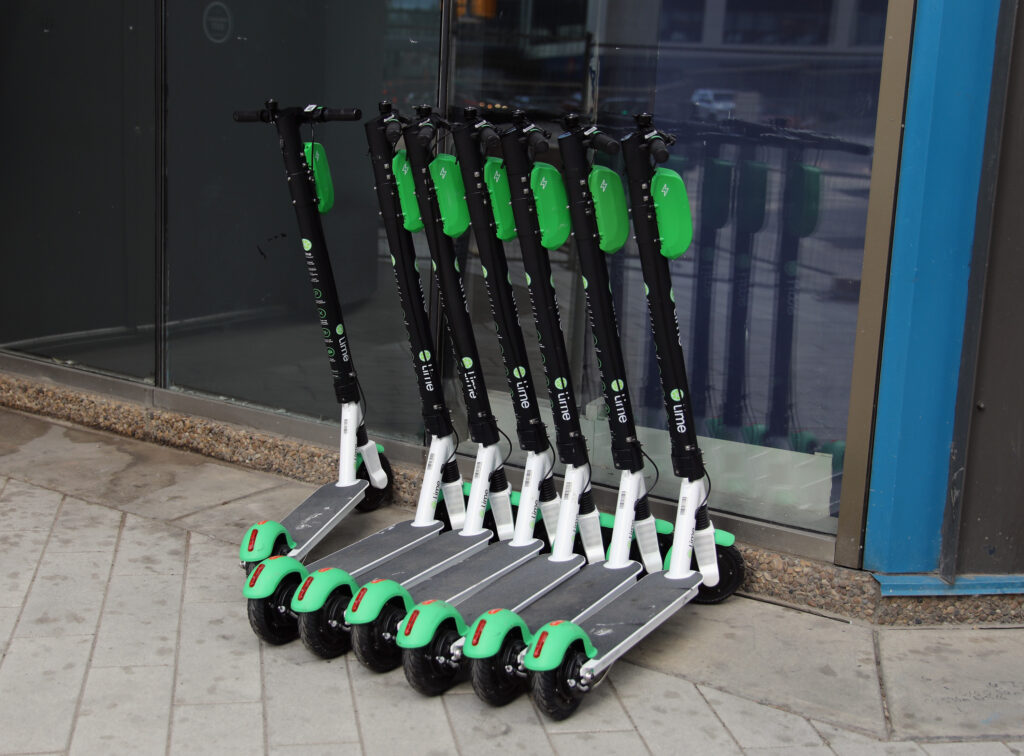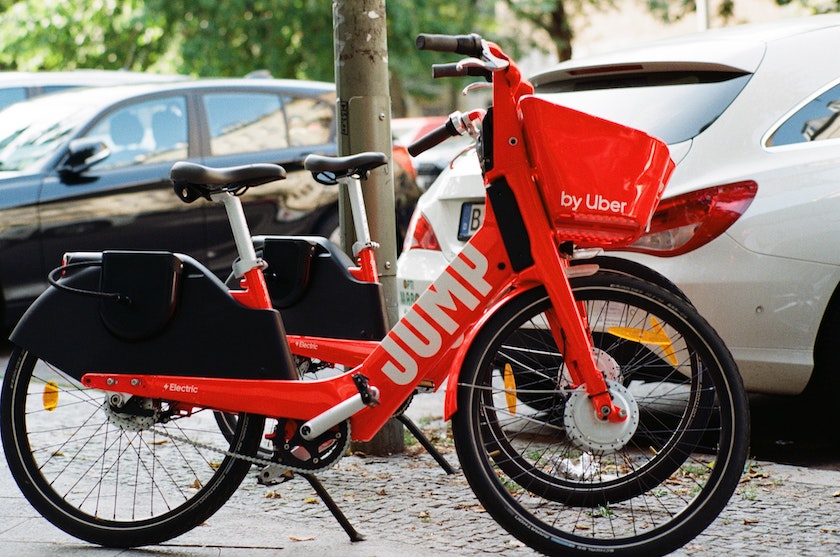Micromobility: The New Mode of Commuting
There are predictions that micromobility is going to be the new method of moving around now and after the worst of the pandemic is over. Keeping a safe distance apart from the other person and avoiding crowded places like public transport mean that people will need to find another way to travel if they do not have a car.
Many experts think micromobility is the answer. But what is micromobility?
Micromobility is a range of lightweight, small vehicles that run at speeds usually below 15mph (25kph). The users drive these vehicles personally. The range includes bicycles, electric scooters, e-bikes, and electric skateboards. You can include electric pedal-assisted bicycles and shared vehicles.
In the initial definition, a micromobility vehicle can have a gross vehicle weight of less than 500 kg or 1,100 lbs. But later, the definition excluded vehicles top speeds above 45kph or 28mph, and those with internal combustion engines.
To give you a broad idea of what micromobility is, compare it to the miniaturization of computers for personal use. Horace H. Dediu, a Romanian-American industry analyst, coined the term micromobility during his speech at the 2017 Micromobility Summit in Copenhagen. His focus includes micromobility and mobile phones.
Scooters, upgraded
Scooters used to be a favorite toy among children. By early 2000s, scooters became a regular part of many people’s lives. In 2000, Razor’s first electric scooter was voted as the year’s must-have toy.
Wim Ouboter of Switzerland invented the kickscooter. He said he created it out of laziness because the place he wanted to go to was too far to walk but not that far to use a bicycle. His first folding two-wheeled scooter can fit into a backpack. He found that producing the scooter was too expensive in his country. He pitched the idea to Smart, a division of Daimler AG of Germany. Smart came on board and Ouboter found a manufacturer in Taiwan. However, Smart failed the moose test, and they shelved the project until Smart can resolve the issues.
During the interim, Ouboter developed the Kickboard, a three-wheeled scooter. This time, he partnered with U.S. sports company K2 Sports, LLC. With the money he earned from the award he received from the International Sports Fair (ISPO) in Munich in 1988, he founded Micro Mobility Systems the following year.
He started manufacturing the two-wheeled scooter, which quickly became popular in 2000. The demand was enormous, and Ouboter permitted his partner in Taiwan to distribute his product in the U.S. using the Razor brand.
Ouboter developed the electric scooter which was introduced by RazorUSA in 2003. The battery-powered scooter has a maximum speed of 15mph. Since the beginning, his aim was to improve urban mobility using smaller vehicles.
You can equate the success of upgrading the former children’s toy to being an urban means of transport to the number of scooter manufacturers worldwide.

Current state of micromobility
For the past decade, many ride-hailing and sharing startups started the groundwork for alternative transportation. The launch in 2017 of e-scooter sharing showed that the market is ready for an alternative solution to urban mobility. From 2017 to 2018, Americans used shared e-scooters to make 38.5 million trips.
The market continues to grow, much more so in 2019, where there was a significant increase in total rides. But the coronavirus hampered the rise by over one-half. After the initial shock, the situation is now reversed. And the trend says that the market will make a full recovery by 2021 up to 2022.
The people are creating a high demand for micromobility options. They realize rapid adoption is essential. The prediction is that the market will be worth over $500 billion in 2030. The news brings a surge of investment into the industry.
Back to the office
Most U.S. companies and employees believe that the work-from-home status will be the norm. However, there is an anticipation that the white-collar workers will be back to their desks by June this year. This means that they will join the essential workers who travel to work despite the health crisis. Flying taxis may soon be an option but that is still far from reality. Likewise, the cost of a trip is prohibitive.
Employees are still concerned about their health and safety, thus, many are already investing in micromobility.
Summer is fast approaching, and the activity in the micromobility industry is booming. According to an announcement, the U.S. will have enough vaccines to give to every adult American by the end of May. This means that more people are looking at the chances of more travel, from visiting a friend to commuting to work.
More startup companies are coming up with several apps to track the usage of e-scooters and e-bikes. They are also exploring more options and functionalities, real-time data, shared e-scooters and e-bikes, rental of micromobility vehicles, contactless payment, and on-demand transit services.
Lime, a shared scooter and bike company partnered with Edenred Benefits, the largest commuter benefits provider in the U.S. The 10 million employees that use their service now have the option to subsidize their micromobility trips.
What is vital is to get the employers to incentivize the scooter trips of their employees to help the micromobility industry to be in a better position to help white-collar workers after the Covid-19 vaccine. After all, commuting safely is the top priority, even if there is herd immunity.
